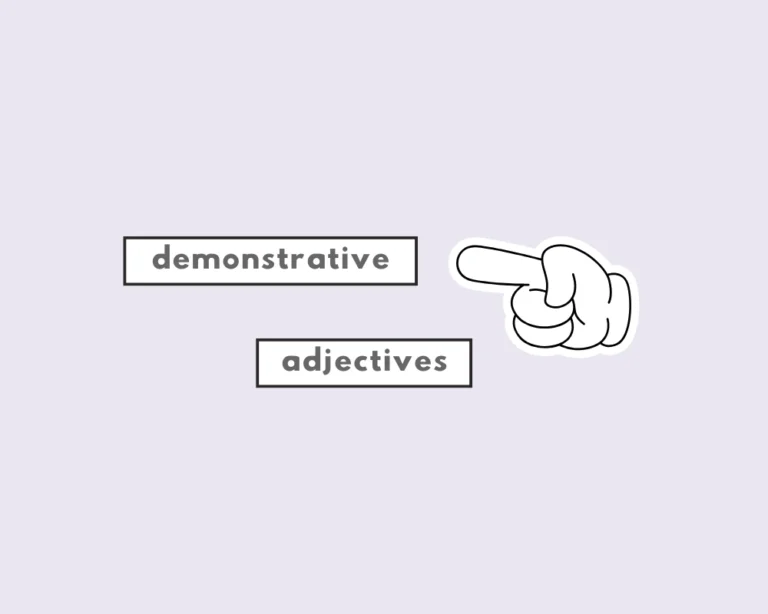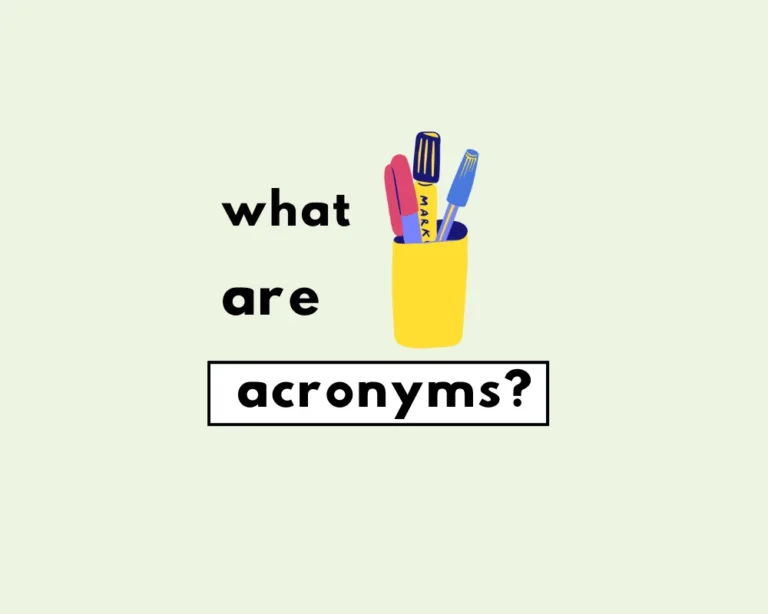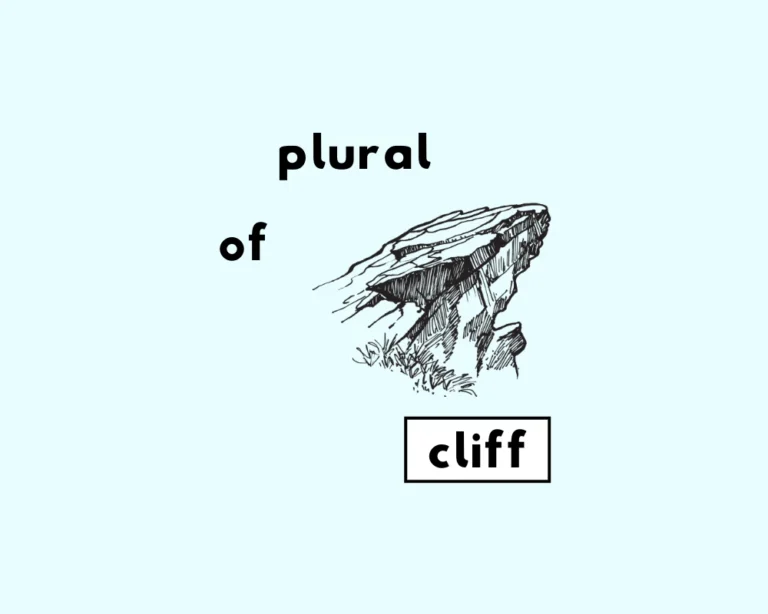What’s the plural of “leaf”?
- The only plural of leaf is leaves, when referring to the noun.
The tree shed all its leaves in autumn.
We collected colourful leaves from the park.
The tree shed all its leafs in autumn.
We collected colourful leafs from the park.
- Leaf can also be a verb meaning, “to turn through pages, sheets”, often paired with “through”; e.g., “to leaf through” a book.
The plural of the noun leaf is sometimes mistaken for leafs; which, understandably, is likely due to the fact that most English plural nouns add -s or -es when switching from the singular case to the plural.
| Examples: “leaf” / “leaves“ | |
| singular | Do you know what a maple leaf looks like? |
| plural | The leaves on the trees were beginning to turn from green to orange. |
Leaf is irregular since its adds -ves, rather than the standard -s or -es of regular plural noun forms.
What’s the definition of “leaf”?
A leaf, in botany, is any usually flattened green outgrowth from the stem of a vascular plant. (Britannica, leaf.)
Nouns ending in “–f” or “–fe”
As a general rule of thumb, singular nouns that end in -f or -fe modify to their plural forms by adding -ves. See other irregular plural nouns that end in -ves, like leaf/leaves.
| singular | plural |
| leaf | leaves |
| life | lives |
| wife | wives |
| shelf | shelves |
| self | selves |
| half | halves |
| wolf | wolves |
Leaf/leaves evolved from the Old English word of the same spelling, ‘leaf.‘ Leaf was introduced to Old English and originates from the Proto-Germanic lauba, and the Proto-Germanic languages of Old Norse (lauf), Dutch (loof), Old High German, and German.
Similarly, if we take a look at the origins of other singular noun forms that are irregular and end in -f or -fe, they all derive from the Proto-Germanic languages listed above. Wolf, elf, shelf, knife, wife, and life are all words that evolved from German, and its corresponding languages/dialects of the Proto-Indo-European languages.
Based on each of these nouns’ shared origins, it’s likely that the Germanic languages recognized more than one possible endings for plural noun forms than the standard -s or -es. Consider the I-mutation, which is also a Germanic language pattern, and involves “the raising and fronting of a root vowel in anticipation of “i” or “y” sound in a suffix.”
Just like the singular nouns that end in -f or -fe, these plural noun forms are all modified from singular to plural by replacing the root vowels with another pair of vowels: goose switches to geese as a plural; tooth = teeth; and foot = feet. These are all effects of the I-umlaut, and is a notably Germanic way of modifying a singular noun to its plural, albeit irregular noun form.
Examples of “leaf“ in sentences
The shape and structure of a leaf varies considerably from species to species of plant.
Gold leaf used in gilding is made in much the same way.
This magnificent plant has the largest simple leaf of any species in the temperate world, and one of the largest flowers.
The trees are coming into leaf.
She decided to turn a new leaf after her mother’s death.
Examples of “leaves” in sentences
Leaves are collectively called foliage, as in “autumn foliage.” (Wikipedia, leaves.)
Leaves can have many different shapes, sizes, and textures.
Some leaves, such as bulb scales, are not above ground.
Succulent plants often have thick juicy leaves, but some leaves are without major photosynthetic function and may be dead at maturity, as in some cataphylls and spines.
Leaves are the most important organs of most vascular plants.
That the plural of “leaf” is “leaves,” associate it with the sound of rustling leaves—the “s” sound reinforces the plural “leaves.”.
Collective nouns for “leaves”
Leaves as a collective are called foliage (plant leaves collectively.)
Phrases with the words leaf/leaves
| Phrase | Meaning |
|---|---|
| As rare as a four-leaf clover | for something to be extremely rare or uncommon |
| Shake/quake like a leaf | to tremble or shake in fear |
| To be ‘in leaf’ | to be covered in leaves |
| Take a leaf/page out of someone’s book | to adopt someone’s practices or ways of doing things because they think it’s better/improved |
| To leaf through something | to peruse or look through something |
| To turn a new leaf | to change your behaviour, typically in a good way |
Etymology of “leaf”
Old English leaf “leaf of a plant, foliage; page of a book, sheet of paper,” from Proto-Germanic *lauba–.
In review: plural of leaf
- The plural form of the singular noun leaf is leaves.
- This makes leaf and irregular plural noun form, since it does not take on the -s or -es.
Nouns that add in the standard -s or -es are regular plural noun forms. All other plural nouns that do not take on this standard ending are irregular. This is the case despite that plenty of plural nouns do not end in -s or -es.
Read more about plural nouns
- What’s the plural of bison?
- What’s the plural of moose?
- What’s the plural of sheep?
- What’s the plural of ox?
- What’s the plural of cactus?
- What’s the plural of crisis?
- What’s the plural of hypothesis?
Read about other grammar topics
Work Sheet
What is the correct plural form of the noun “leaf”?
According to the post, why is “leaves” considered an irregular plural?
Which word is the incorrect plural form of the noun “leaf” according to the blog post?
The blog post mentions that “leaf” can also be used as a verb. What does the phrase “to leaf through” often mean?
Based on the general rule mentioned for nouns ending in -f or -fe, what do they typically add to form their plural?
The wind blew all the _________ off the trees.
She likes to _________ through fashion magazines at the salon.
We collected colorful autumn _________ from the park for a school project.
The blog post explicitly states that the only plural of the noun “leaf” is _________.
According to the post’s chart, the plural of the noun “wolf” ends in _________.
Frequently Asked Questions
What’s the correct plural of leaf?
+
Is “leafs” correct for the noun plural?
+
Why is “leafs” often used incorrectly?
+
Is leaf a regular or irregular noun?
+
Are other nouns pluralized like leaf?
+
Yash, D. "What’s the Plural of Leaf? Leafs or Leaves?." Grammarflex, Jun 7, 2025, https://www.grammarflex.com/whats-the-plural-of-leaf/.
Sources
-
Wikipedia: leaves.











